Real Coastal Homes: A Guide to a Style That Actually Lasts
I’ve spent a lot of my career with my boots on the ground at coastal job sites, figuring out what works and—more importantly—what completely falls apart under the daily assault of sun, salt, and sea spray. So many people think coastal design is just slapping on some blue paint and scattering a few seashells. Honestly, that’s not even scratching the surface. Real coastal design isn’t just a look; it’s a smart, tough response to a pretty demanding environment.
In this article
A truly great coastal home just feels right. It’s airy, calm, and built like a fortress. It can handle sandy feet, soggy towels, and glaring sun without looking tired and worn out. I learned a long time ago that the most stunning coastal homes are the ones where practicality leads the way. Every choice, from the paint on the walls to the hardware on the cabinets, is made to stand up to nature.
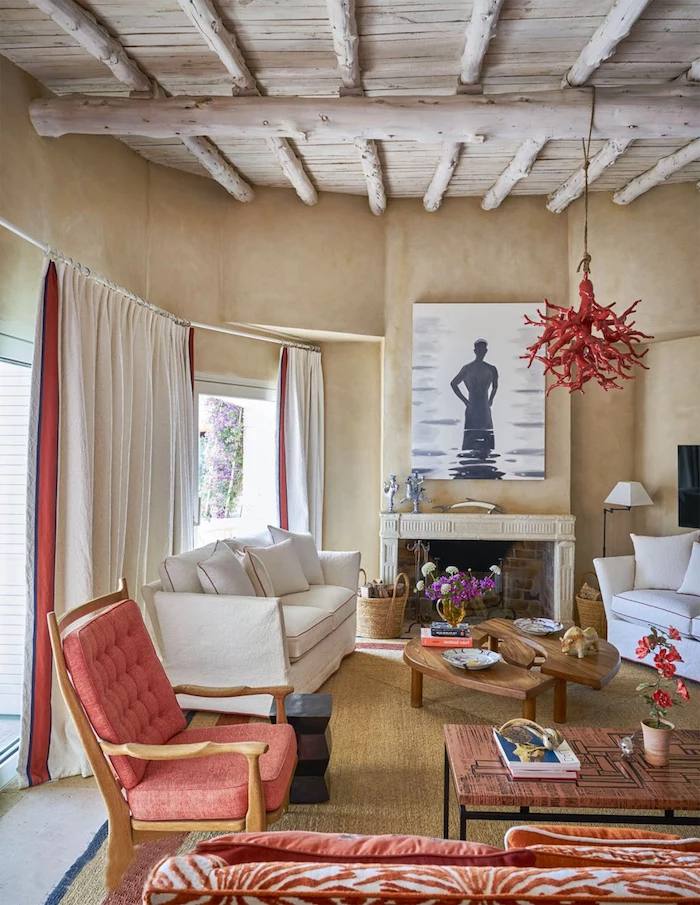
So, this isn’t going to be another list of cute decorations. This is a deep dive into the core principles the pros use. We’ll get into the nitty-gritty of why the coast is so tough on a house, what materials can take the heat, and the little techniques that make a home last. Whether you’re building from scratch, gutting a fixer-upper, or just want your space to feel more connected to the shore, these are the ideas that truly matter.
First Things First: Understanding the Coastal Battlefield
Before we even think about picking out a throw pillow, we have to respect the enemy. A house on the coast is in a constant fight with intense light, corrosive salt, and relentless humidity. Getting this is step one to making choices that you won’t regret later.
The Power of Coastal Light
Sunlight by the water is a different beast entirely. It’s brighter, and it reflects off the ocean, creating this intense, cool-toned glare that can be overwhelming. This is exactly why a light color palette isn’t just a trend; it’s a strategic move. Colors like bright white, soft dove gray, and sandy beige have a high Light Reflectance Value (LRV). A quick tip: I usually look for a paint with an LRV of 60 or higher for main walls to really get that light bouncing around.
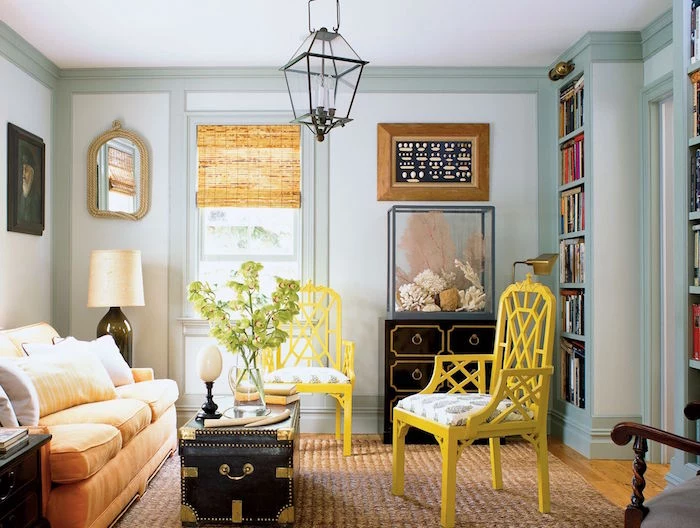
Dark colors, on the other hand, would just swallow all that intense light, making a room feel shadowy and claustrophobic.
Oh, and the paint finish is a huge deal, too. I almost exclusively use matte or eggshell finishes on walls in these homes. Why? Because a high-gloss paint will reflect that glare right into your eyes, creating a harsh, almost clinical vibe. A matte finish diffuses the light, giving you a soft, calm glow. It’s a small detail that makes a massive difference in how a room feels.
The Invisible Enemies: Salt and Humidity
The very air at the coast is working against you. It’s filled with salt and moisture. Salt is incredibly corrosive and will literally eat away at the wrong kind of metal in no time. I once saw a deck on an oceanfront home where standard steel screws were used. In just a few years, the screw heads had disintegrated into rust, making the entire structure dangerously unstable. So yeah, choosing the right materials is a serious safety issue.
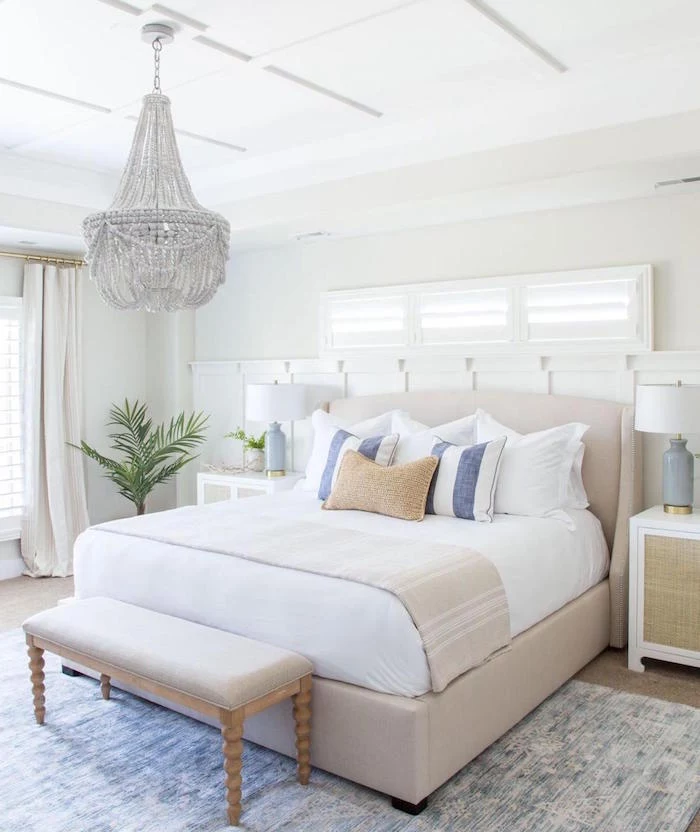
Humidity is the other big problem. All that moisture in the air makes wood swell, warp, and rot. It’s also the perfect breeding ground for mold and mildew. This is why every single material, from the floors to the sofa fabric, has to be chosen for its ability to fight moisture. It’s the reason you see so much tile, stone, and high-quality engineered flooring in a well-designed coastal home.
Pro-Level Techniques for a Home That Endures
Building for the coast means using specific methods that you learn from experience. These are the tricks of the trade that ensure a home doesn’t just look great when the keys are handed over, but stays strong for the long haul.
Walls That Work Harder
Shiplap is everywhere for a good reason—those horizontal lines feel calming and make a room seem wider. But the installation is what separates the pros from the amateurs. My team always primes all six sides of every single board before it goes up. This seals the wood from moisture on all sides, which is your best defense against warping.
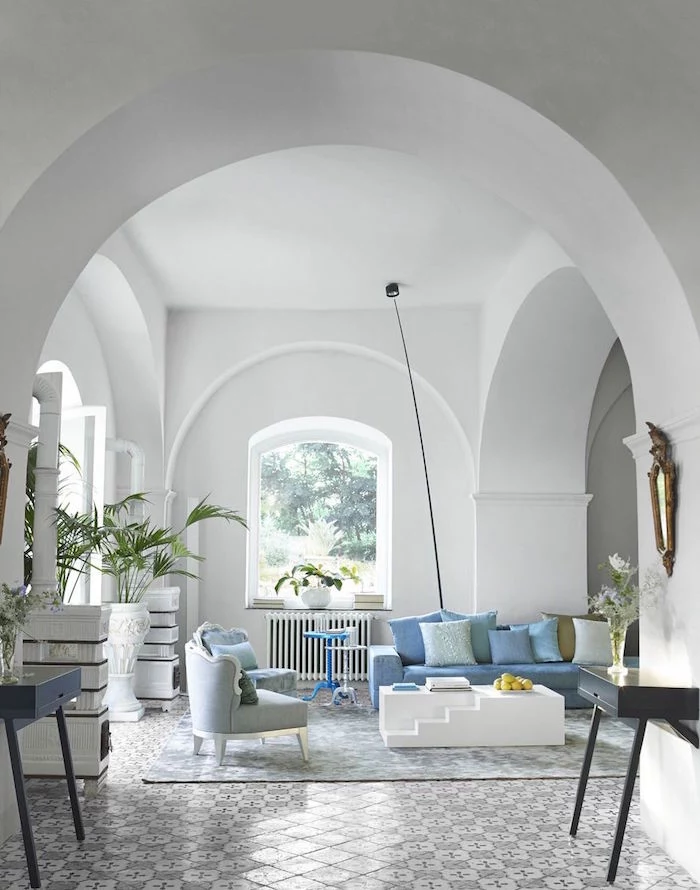
Heads up! We also insist on using stainless steel or specially coated fasteners. Using the cheap stuff will eventually lead to ugly rust streaks bleeding through your beautiful paint job. For a clean, professional look, we leave a consistent gap between boards—about the thickness of a nickel. This tiny space allows the wood to expand and contract naturally with humidity changes. A tight installation might look good for a month, but it’s a recipe for buckling and uneven walls down the road.
Of course, shiplap isn’t your only move. A simple, beautifully finished drywall is timeless. The secret here is using a top-tier acrylic paint over a mildew-resistant primer, especially in bathrooms, laundry rooms, and kitchens. I’ve had great success with lines like Benjamin Moore’s Aura, which is known for its durability in humid spots. It’s an easy upgrade that saves you so many headaches.
Flooring That Can Handle Sand and Puddles
Let’s be real: beach house flooring takes a beating. Sand is basically sandpaper, and water is a constant guest. So, what holds up best?
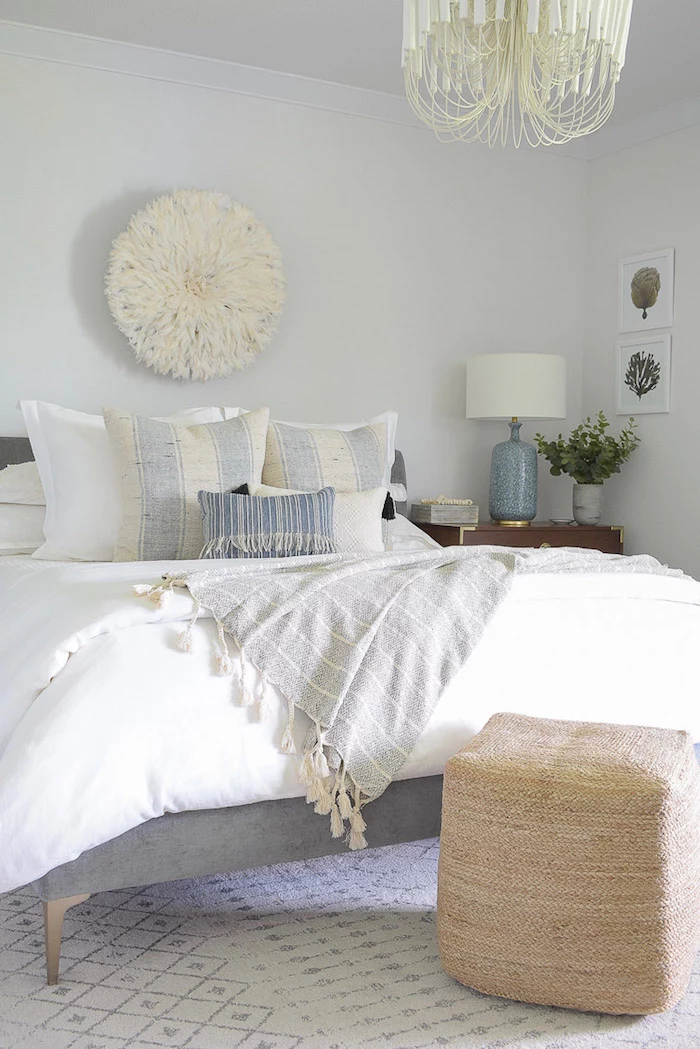
- Porcelain or Ceramic Tile: This is the classic, old-school choice, and it’s still fantastic. It’s 100% waterproof, feels cool on hot days, and is a breeze to clean. Just make sure to check its slip-resistance rating (often called the DCOF rating) for entryways and bathrooms. Safety first!
- Engineered Hardwood: I generally steer people away from solid hardwood right on the water. The humidity just makes it cup and warp. Engineered hardwood, with its layered construction, is way more stable and a much safer bet if you love the look of wood.
- Luxury Vinyl Plank (LVP): Honestly, this has become my go-to for so many projects. It’s completely waterproof, incredibly scratch-resistant, and the high-quality versions look shockingly like real wood or stone. Good to know: When you’re shopping for LVP, don’t just look at the price. Check the
Inspirational Gallery
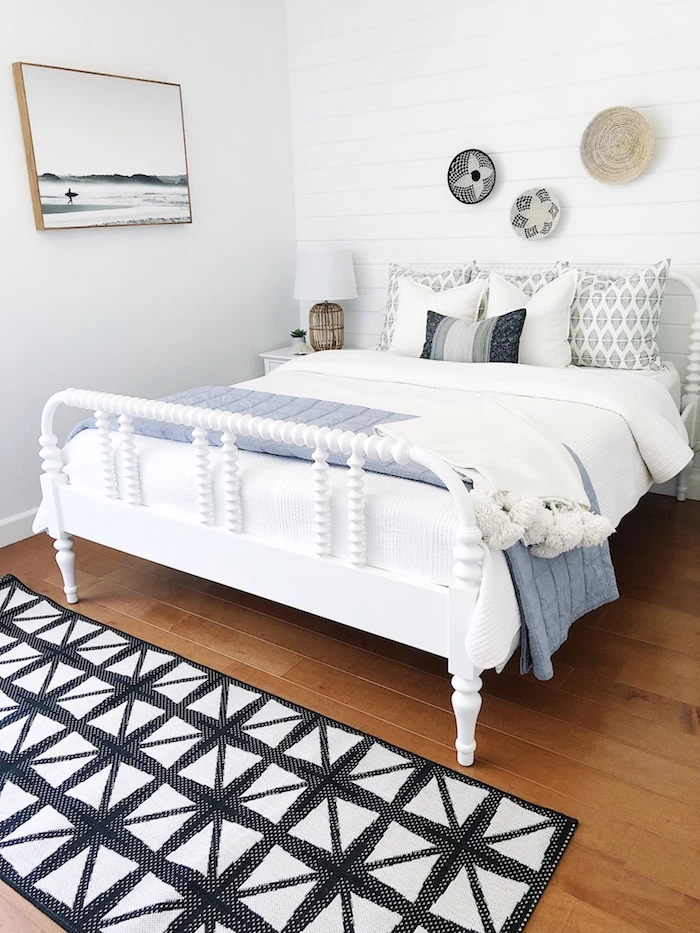
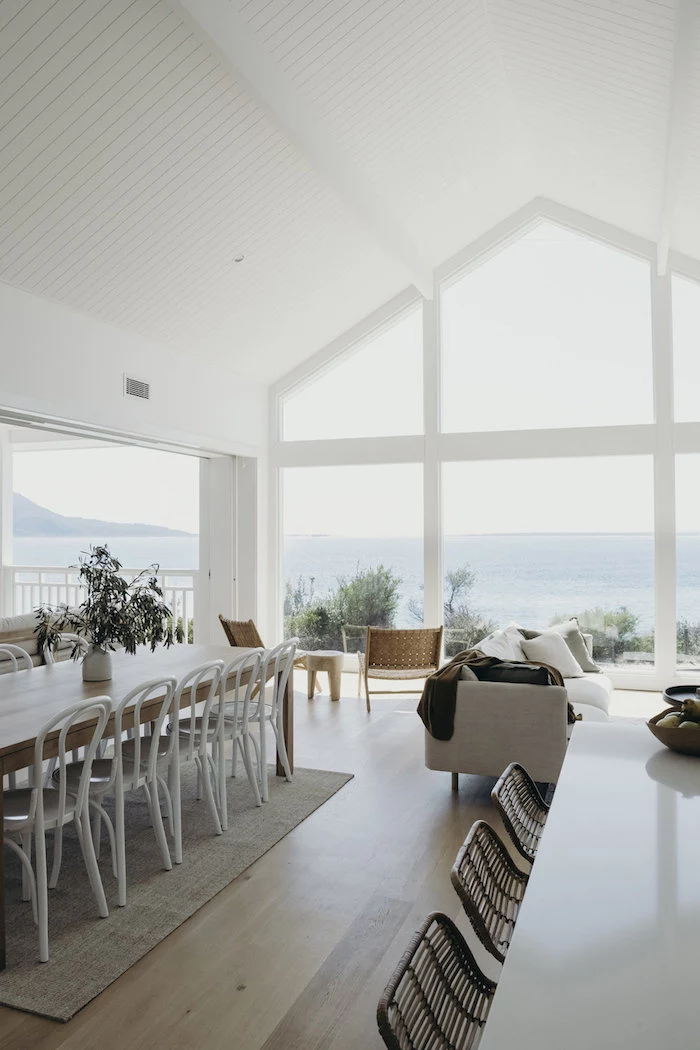
The Metal Litmus Test: In a coastal setting, not all metals are created equal. For anything exterior—from light fixtures to nail heads—insist on 316-grade stainless steel, often called ‘marine-grade.’ It contains molybdenum, an element that dramatically increases its resistance to salt corrosion. Standard 304 stainless steel, common in kitchens, will show rust spots within a season. It’s a small specification that makes a huge difference in longevity.
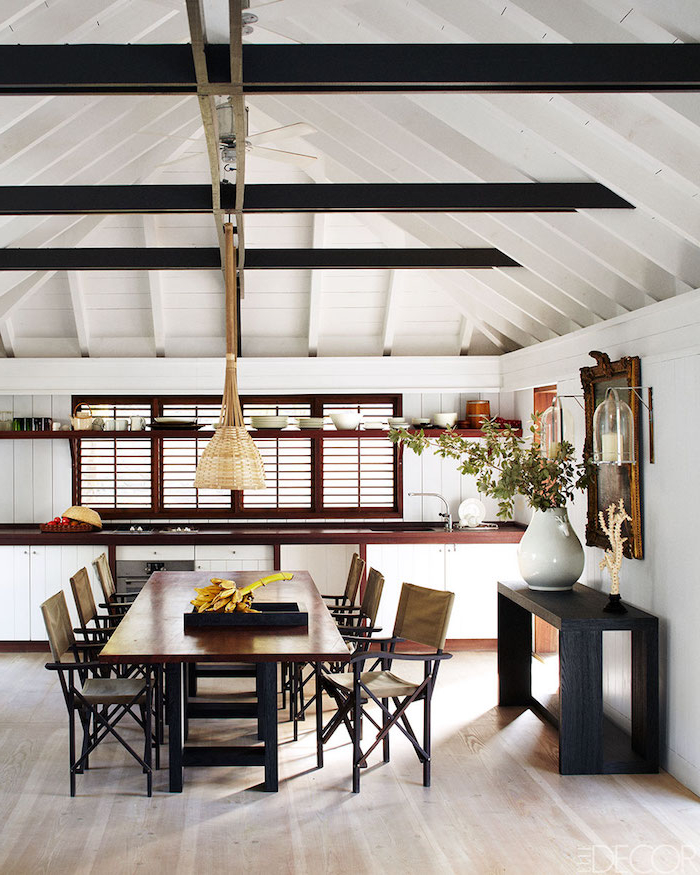
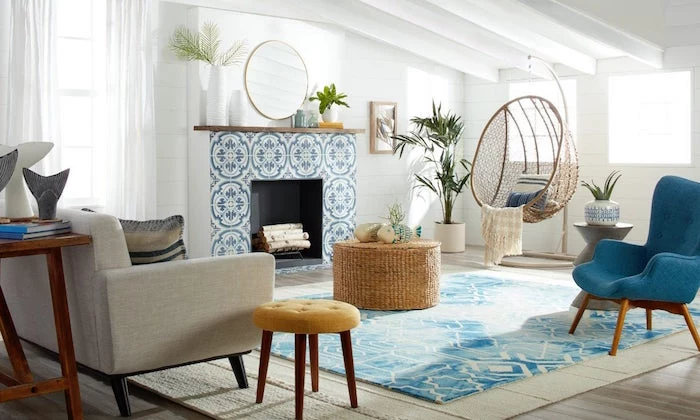
- Create an effortless transition from the beach to the house.
- Stop sand at the door with a durable, easy-to-clean surface.
- Provide a dedicated spot for wet towels and sandy shoes.
The secret? A well-designed ‘sandroom.’ It’s more than a mudroom. Think durable tile or sealed concrete floors with a floor drain, marine-grade hooks for towels, and open-slat benches that let sand fall through. It’s the home’s first line of defense.
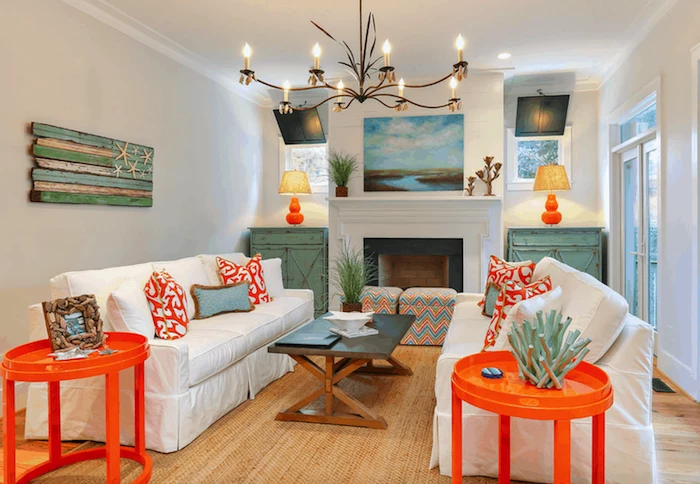
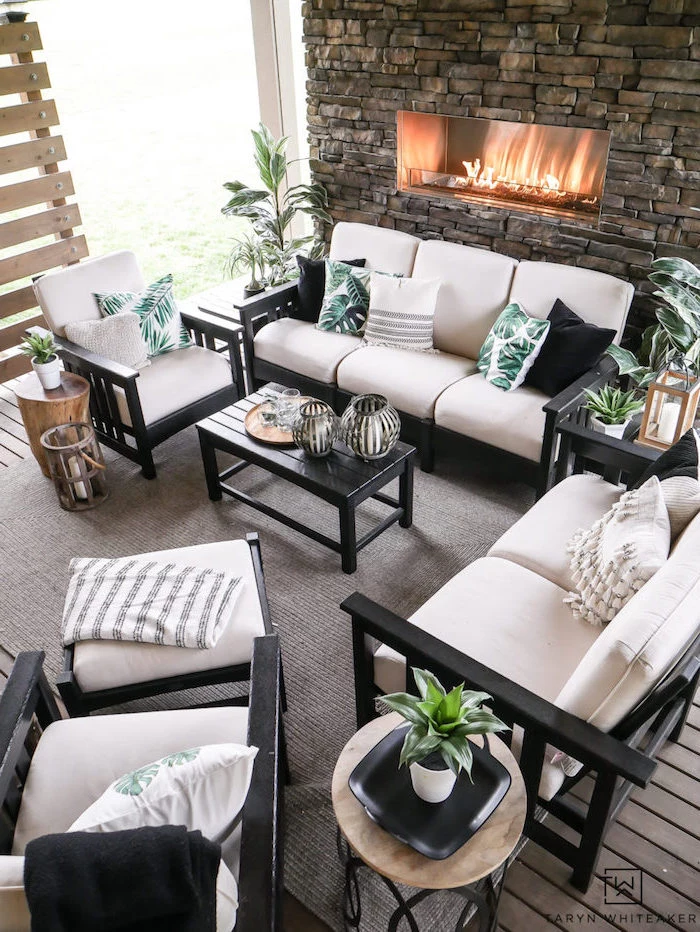
More than 90% of fabric fading is caused by UV rays, not just visible light. By the coast, the sun’s reflection off the water can double that exposure.
This is why investing in performance fabrics is non-negotiable. Brands like Sunbrella and Perennials use solution-dyed acrylic, where the color pigment is part of the fiber itself, not just a surface treatment. The result is upholstery and cushions that resist fading, water, and mildew, looking vibrant for years, not just a single summer.
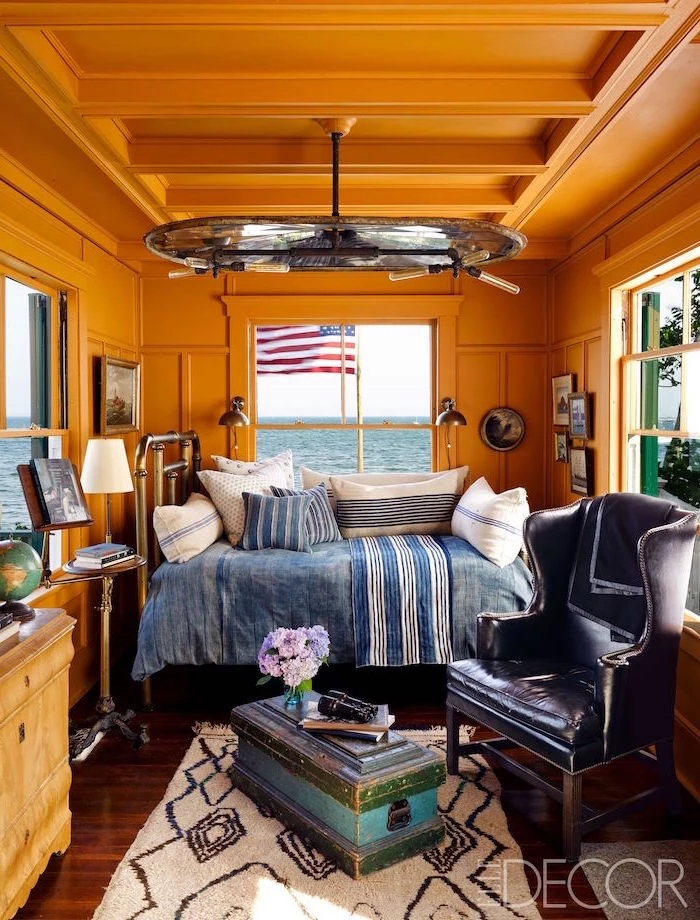
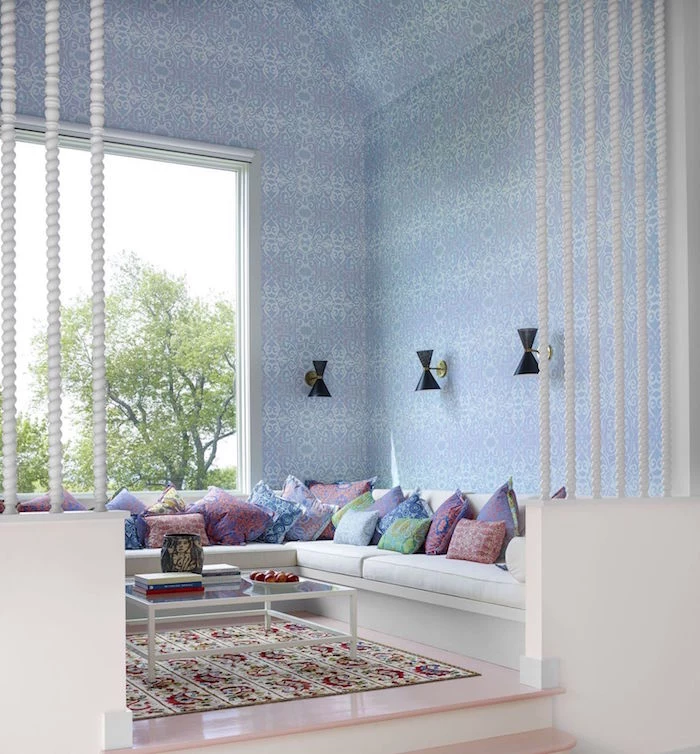
Can I still have dark, moody rooms in a coastal home?
Absolutely. While light and airy is a classic, a dramatic ‘stormy coast’ palette can be incredibly effective. The key is balance. Use deep navy, charcoal, or forest green in a room with ample natural light, like a study or a primary bedroom. Offset the dark walls with warm woods, brass accents that will patina over time, and plenty of layered, soft textiles to keep the space from feeling cold. It’s about evoking the power of the sea, not just its sunny disposition.
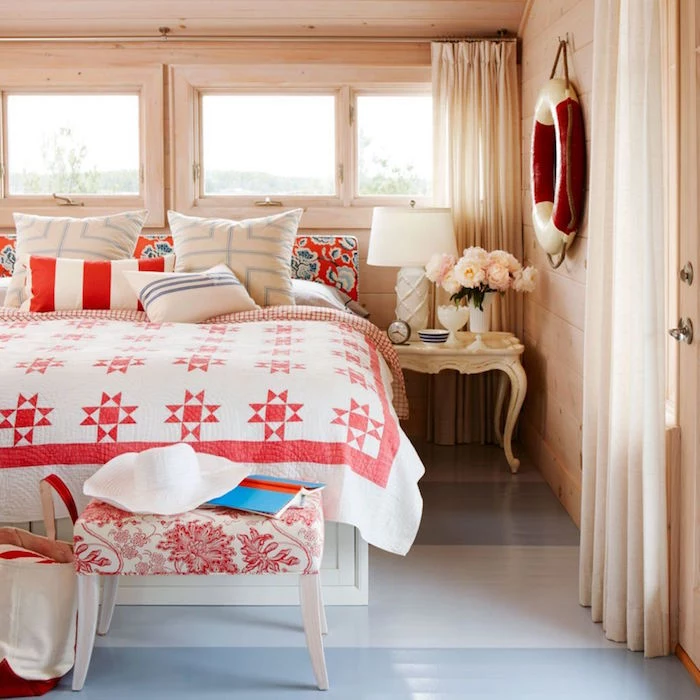
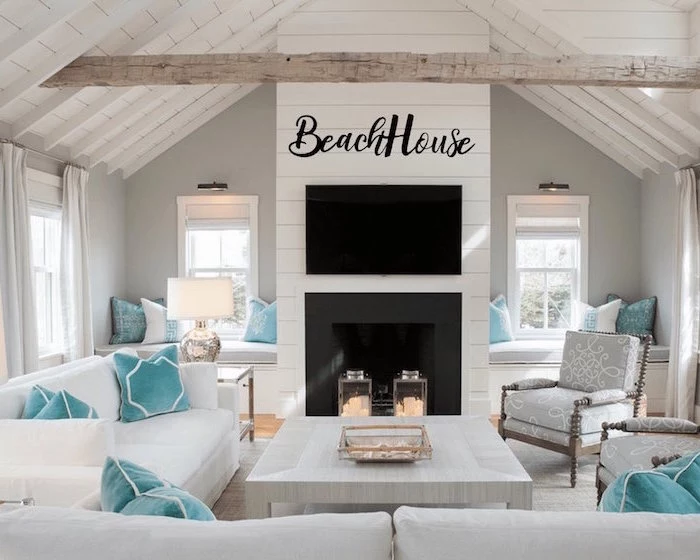
Forget flimsy porch furniture. The pros look for pieces constructed from teak, Ipe wood, or high-density polyethylene (HDPE) lumber, like that used by Polywood. These materials can withstand the trifecta of salt spray, moisture, and intense sun without splintering, rotting, or fading into a chalky mess.
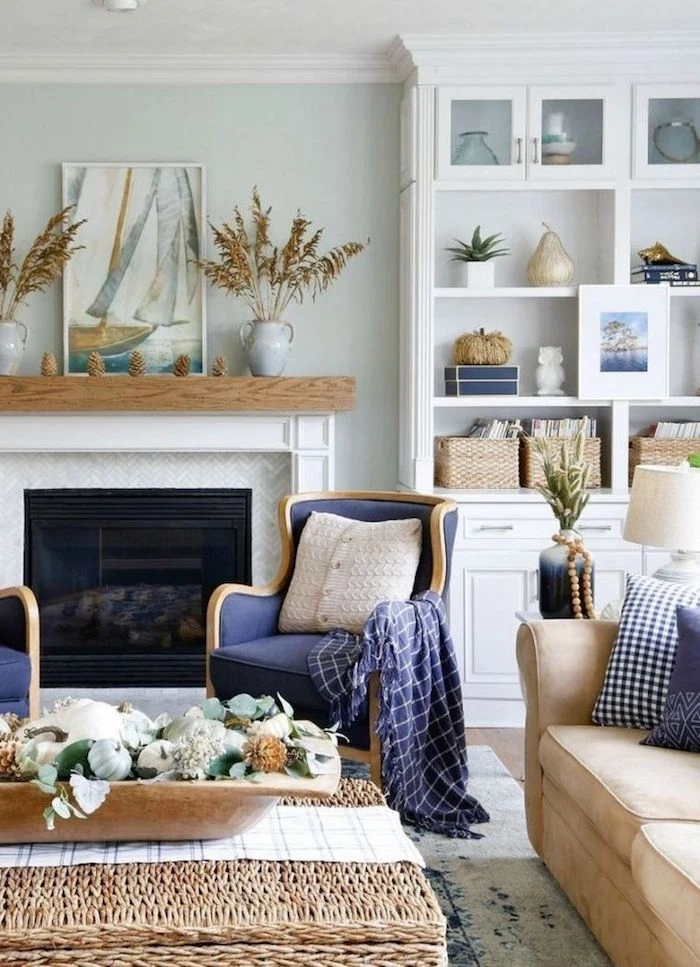
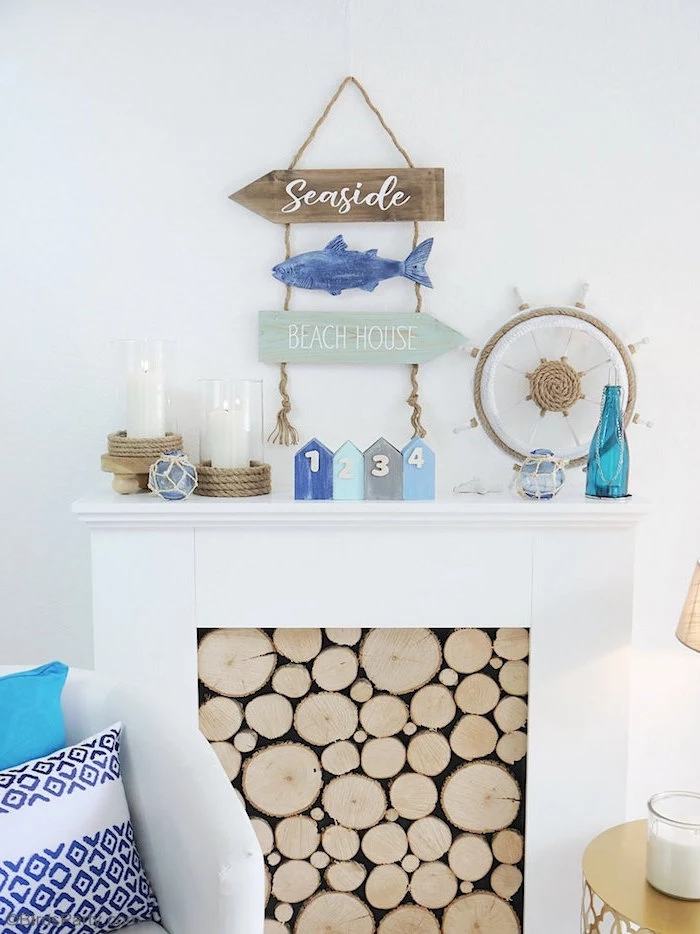
When it comes to windows, it’s not just about the view; it’s about fortitude. Consider specifying windows with impact-resistant glass, especially in storm-prone areas. Manufacturers like Marvin and Andersen offer dedicated coastal lines (like Andersen’s A-Series with Stormwatch® protection) that feature corrosion-resistant hardware and robust frame construction designed to handle high wind loads and salt exposure.
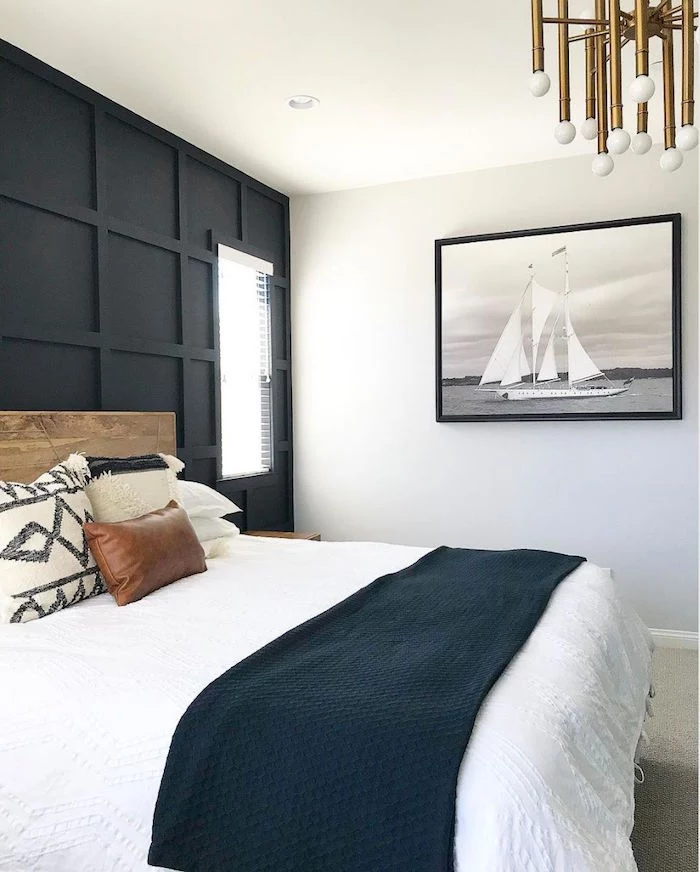

Decking Showdown:
Ipe Wood: An incredibly dense, durable Brazilian hardwood that’s naturally resistant to rot and insects. It weathers to a beautiful silver-gray but requires regular oiling to maintain its original brown hue. It’s a significant investment upfront.
Composite Decking: Brands like Trex or TimberTech offer a low-maintenance alternative made from recycled wood fibers and plastic. It won’t splinter or rot and comes in various colors, but can get hotter in direct sun than natural wood.
For pure, natural durability, Ipe is the gold standard; for ease of care, a high-quality composite is unbeatable.

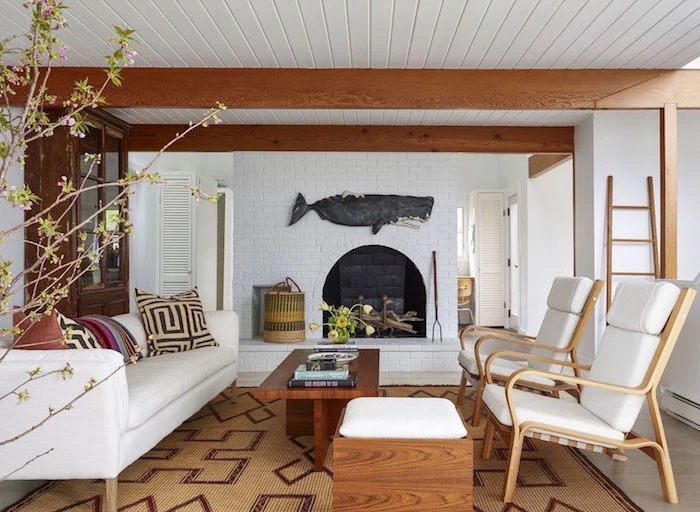
A successful coastal garden works with nature, not against it. Focus on native, salt-tolerant plants that thrive in sandy soil and windy conditions.
- Grasses: American Beachgrass and Switchgrass anchor dunes and add movement.
- Perennials: Sea Thrift (Armeria maritima) and Black-Eyed Susan offer color without demanding fresh water.
- Shrubs: Rugosa Roses are famously tough, producing fragrant flowers followed by Vitamin-C-rich hips.
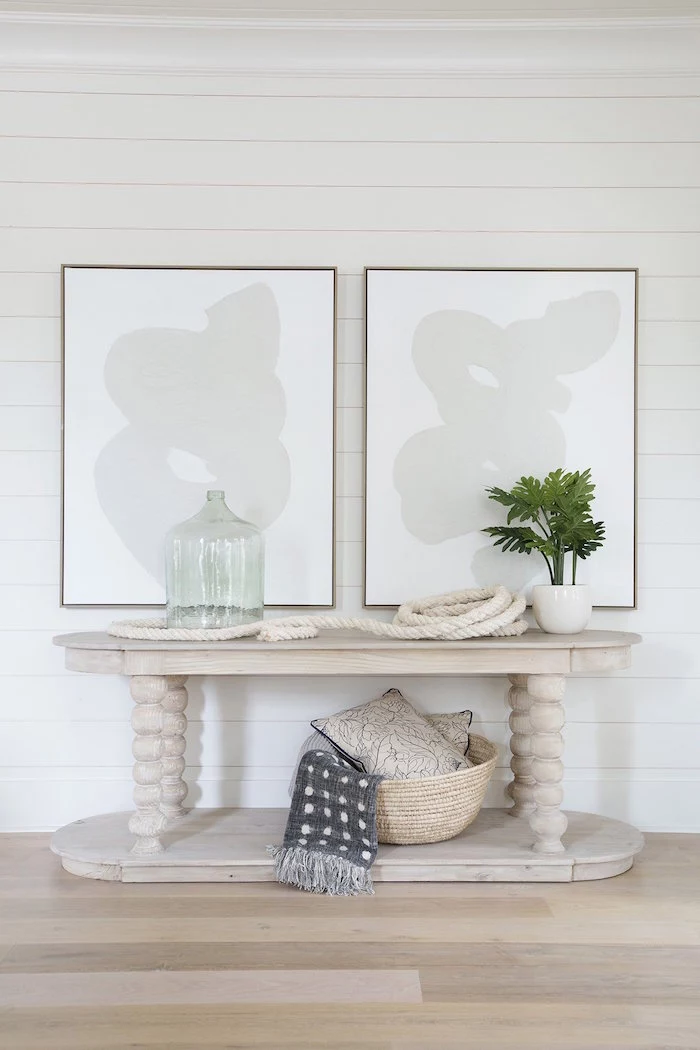
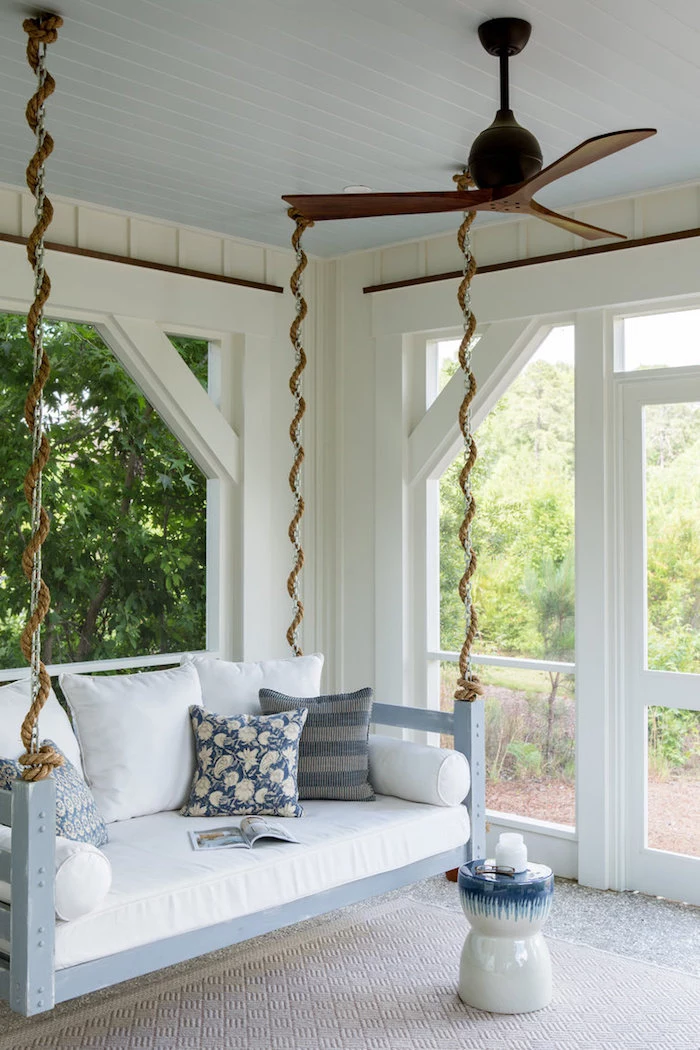
The Unsung Hero: The outdoor shower. It’s the single most effective tool for keeping the house clean. A simple setup with a durable Ipe wood or composite mat, a rust-proof brass or 316 stainless steel fixture, and good drainage is a practical luxury that quickly becomes an essential daily ritual.
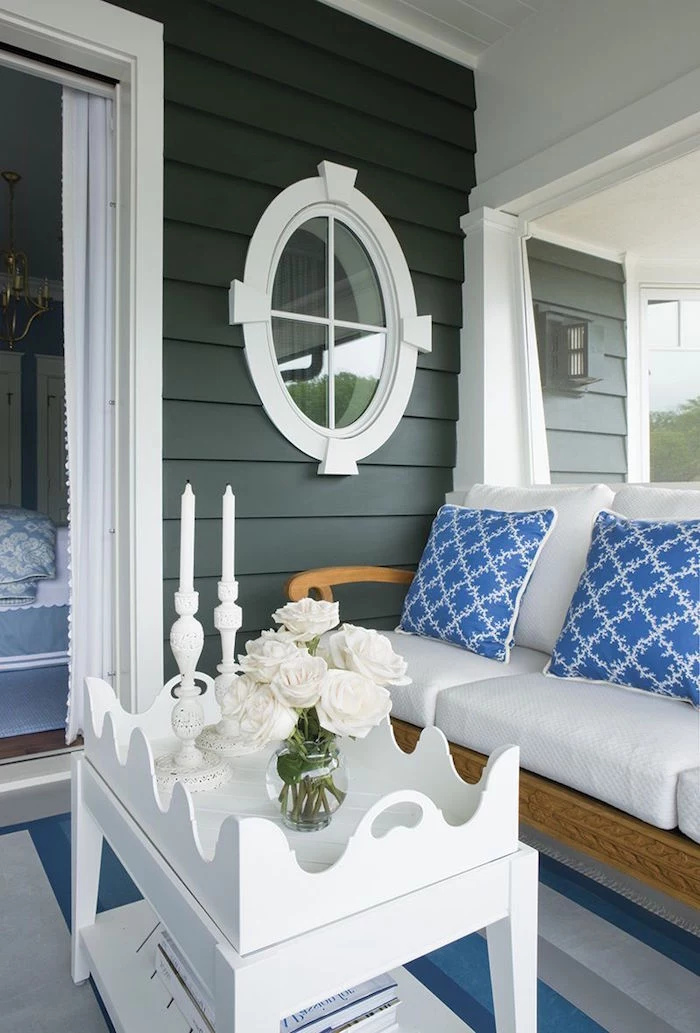
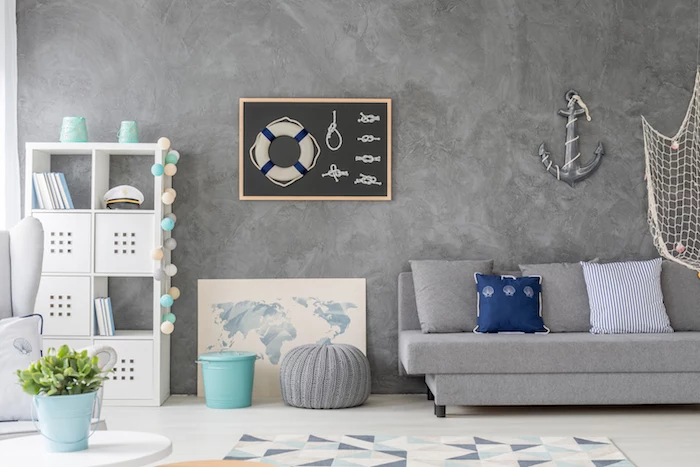
Coastal air is an electrolyte. The high concentration of salt ions in the moisture dramatically accelerates the electrochemical process of rust and corrosion on unprotected metals.
This means any exterior metal, from screws and flashing to light fixtures, acts like a battery terminal in a sea of corrosive energy. This is why material choice isn’t aesthetic—it’s basic science. Always opt for marine-grade stainless steel, solid brass, bronze, or properly galvanized materials.
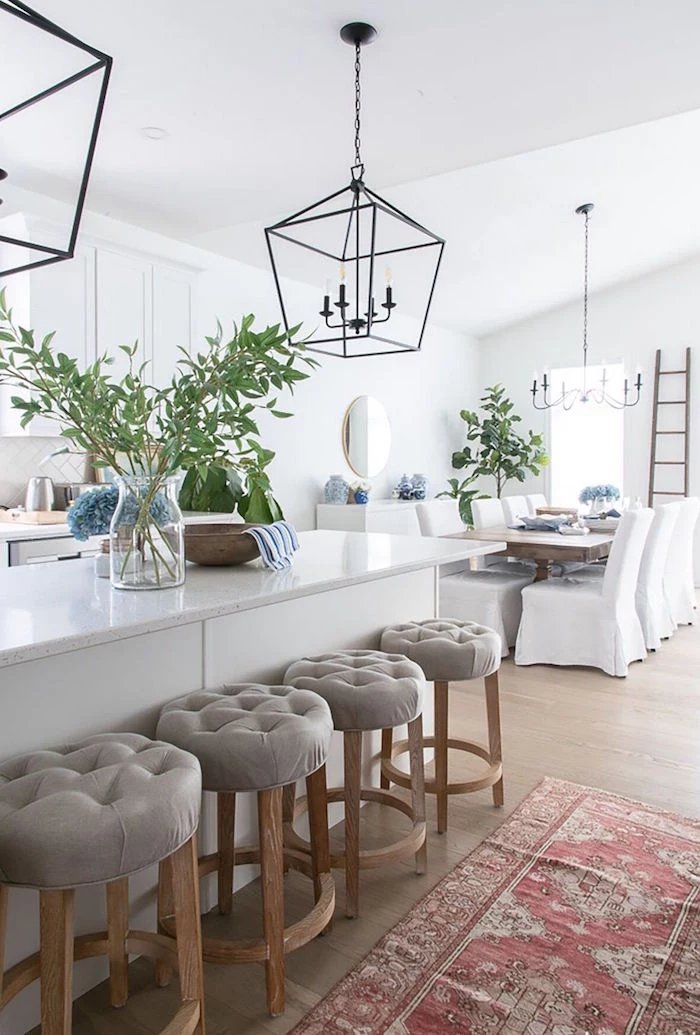
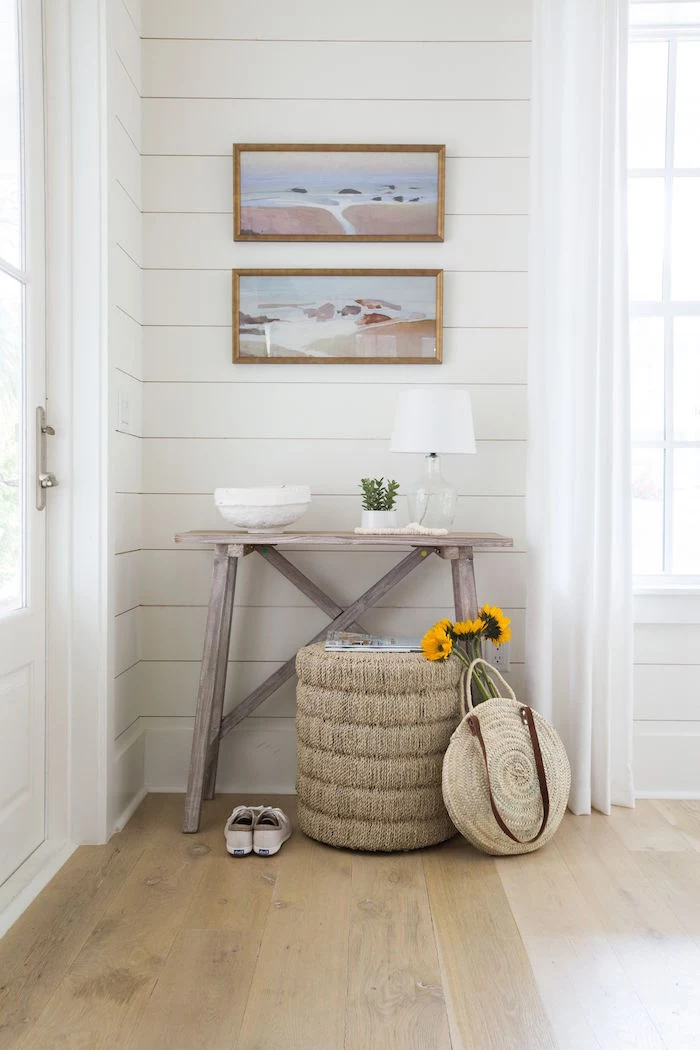
Why does paint peel so quickly on my beach house?
Moisture and salt are the culprits. Salt crystals form under the paint film, attracting moisture which then pushes the paint away from the surface. The solution lies in meticulous prep work—thoroughly washing the surface to remove all salt residue—and using a high-adhesion, mildew-resistant primer. For the topcoat, a premium exterior paint like Sherwin-Williams’ Emerald® Rain Refresh™ is formulated to be self-cleaning, shedding dirt and salt with rain or a simple hose-down.
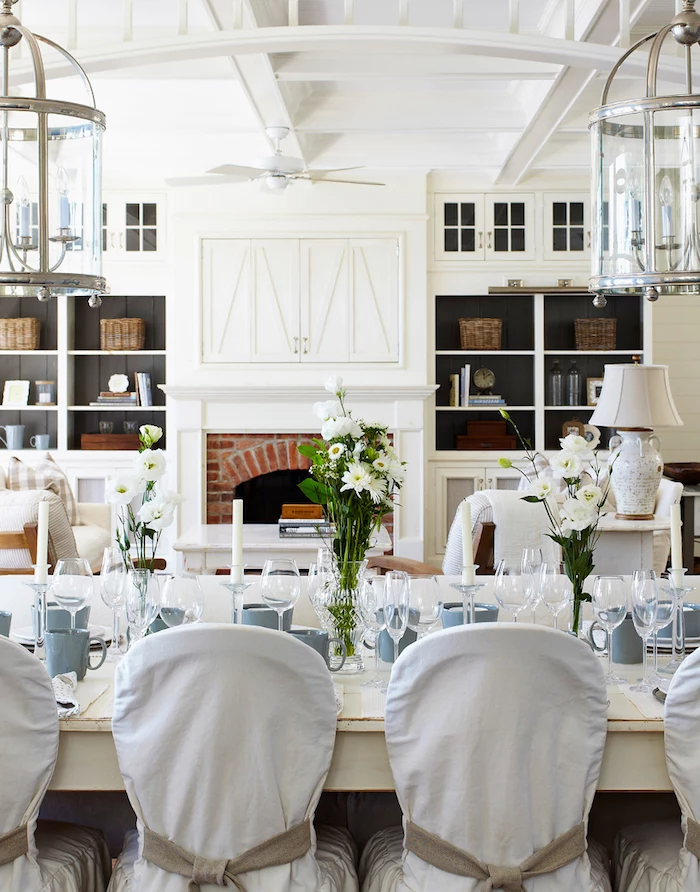
Go beyond shiplap. While it has its roots in shipbuilding and is a practical wall covering, consider v-groove or beadboard paneling for a similar but slightly more refined look. Painted in a semi-gloss finish, it’s incredibly durable, easy to wipe down, and adds subtle texture and character that reinforces the home’s sturdy, well-crafted feel without being a coastal cliché.
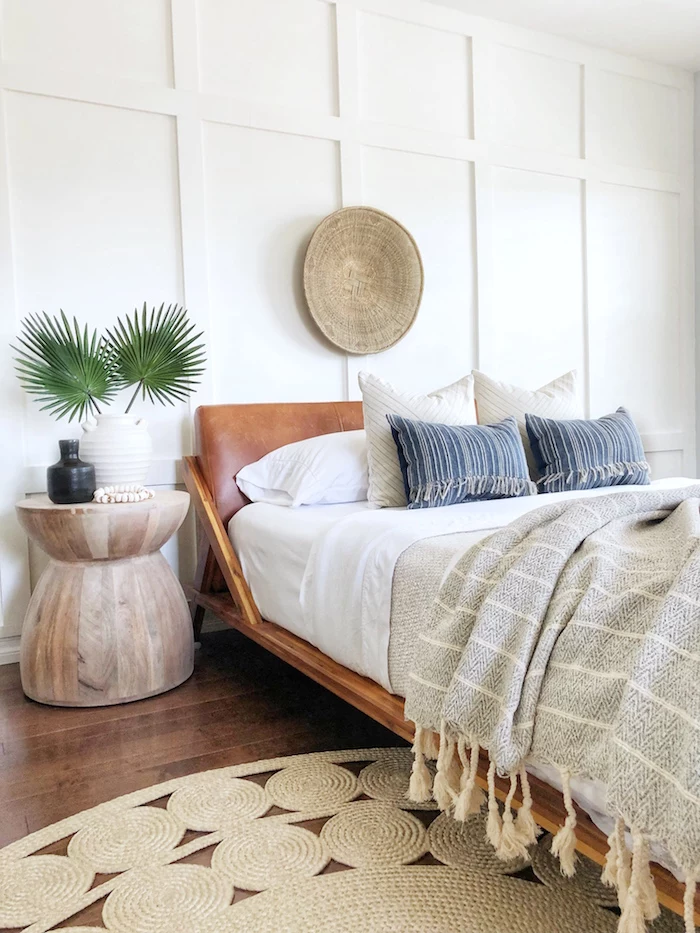
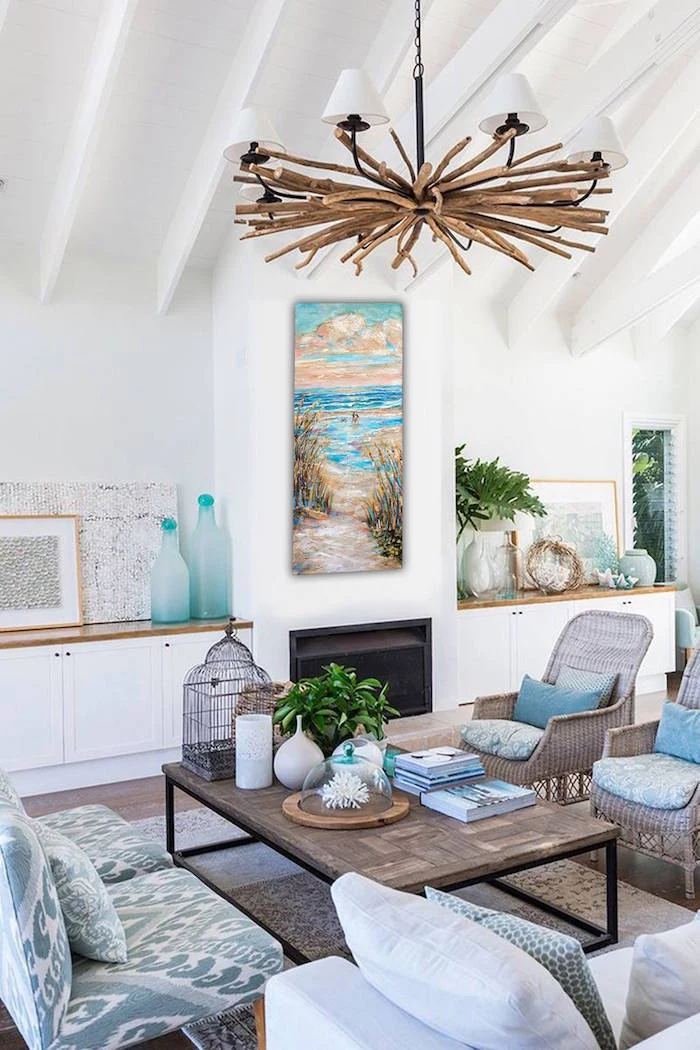
Flooring needs to be tough enough to handle sand (which is essentially sandpaper), moisture, and fluctuating humidity. Polished concrete is sleek and indestructible. High-quality Luxury Vinyl Plank (LVP) offers the look of wood without the risk of warping. For real wood, engineered hardwood with a stable plywood core performs better than solid hardwood in humid environments.
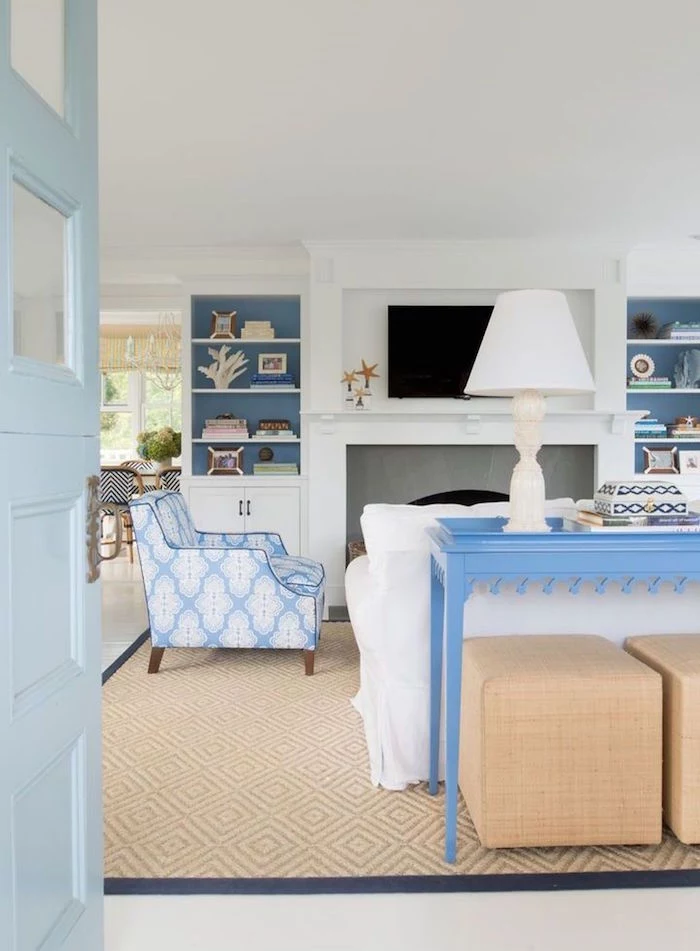
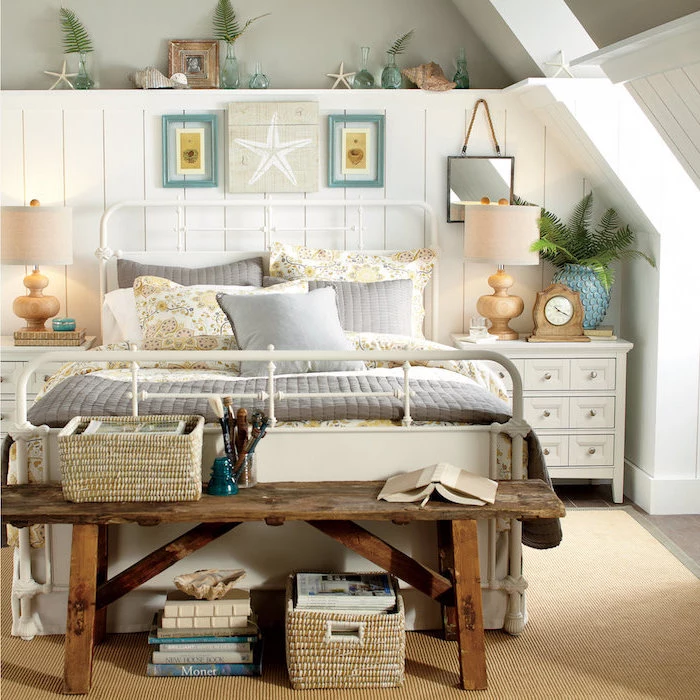
- Withstands hurricane-force winds.
- Resists rot, moisture, and pests.
- Holds paint exceptionally well for years.
- Can be milled to look exactly like traditional wood clapboard or shingles.
The material? Fiber cement siding. Brands like James Hardie’s HardiePlank® offer the look and feel of classic coastal siding with none of the maintenance headaches of wood in a harsh marine climate.
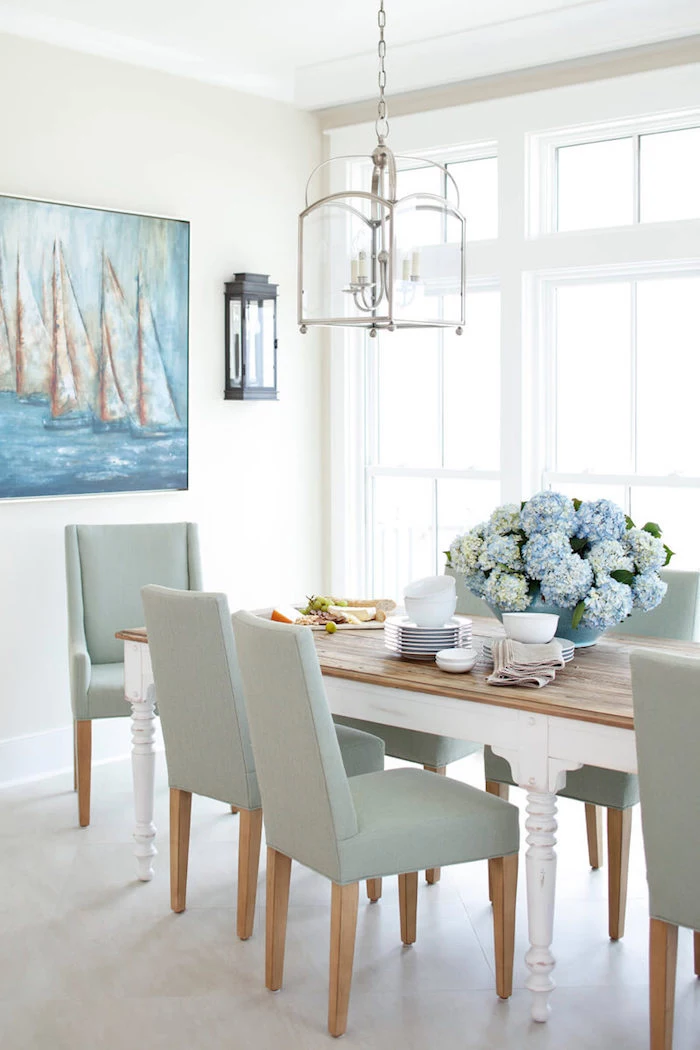

A common mistake: Ignoring interior air quality. The same humidity that makes the air feel heavy outside can promote mold and mildew growth inside. A high-quality HVAC system with a whole-house dehumidifier is not a luxury; it’s a critical component for preserving the structure of the house and the health of its occupants. It protects everything from wood furniture to artwork.
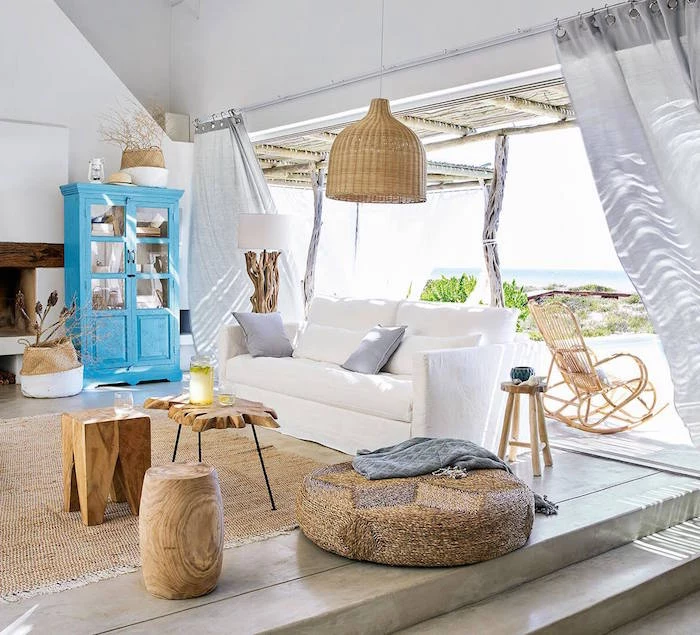

The sound of a coastal home is unique. A well-built structure mutes the shriek of the wind during a squall, but thoughtful window placement can create cross-breezes that carry the gentle sound of the surf through the house. It’s an architectural element that engages more than just the eyes.
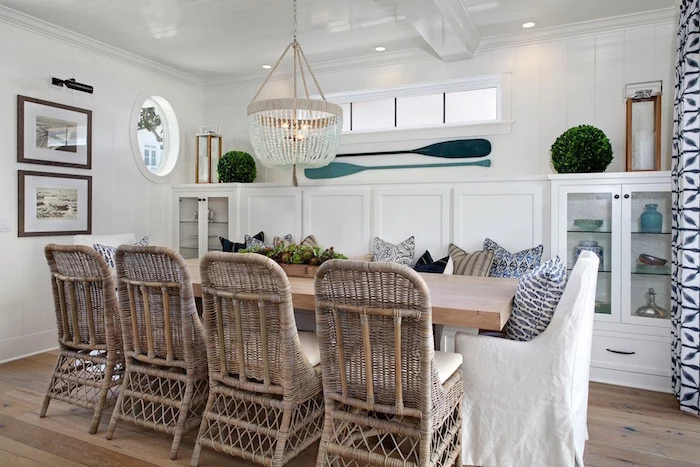
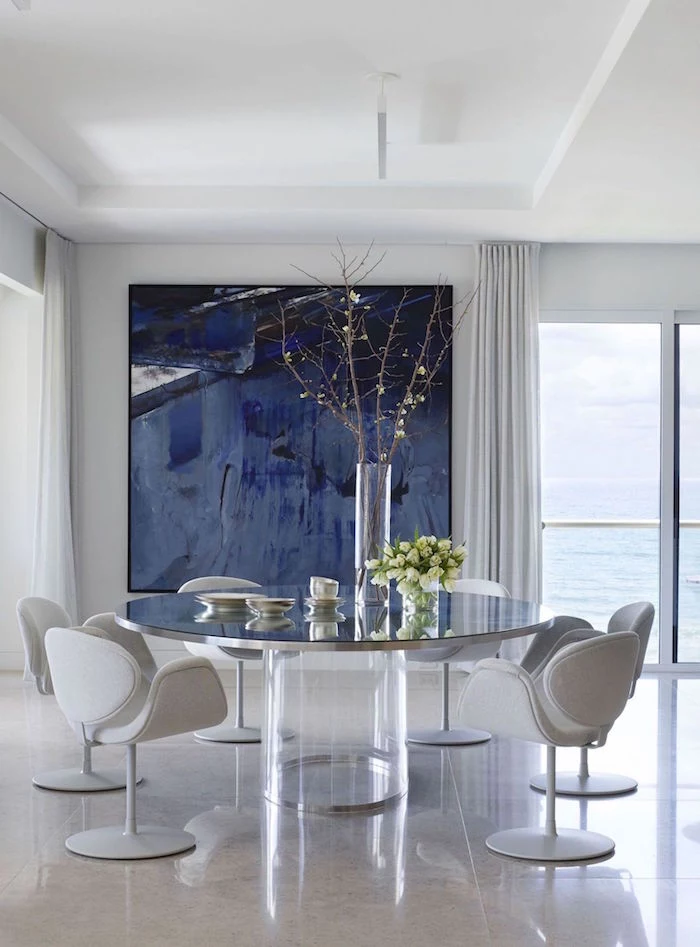
The U.S. Federal Emergency Management Agency (FEMA) recommends that in coastal areas, all exterior electrical outlets and HVAC units should be elevated to protect them from potential storm surges.
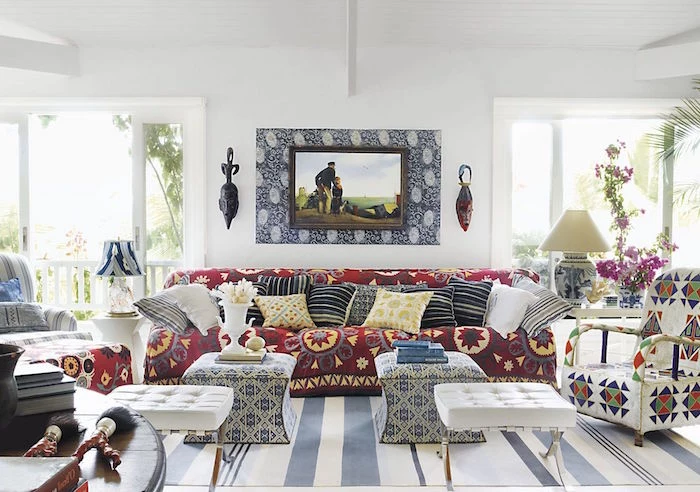
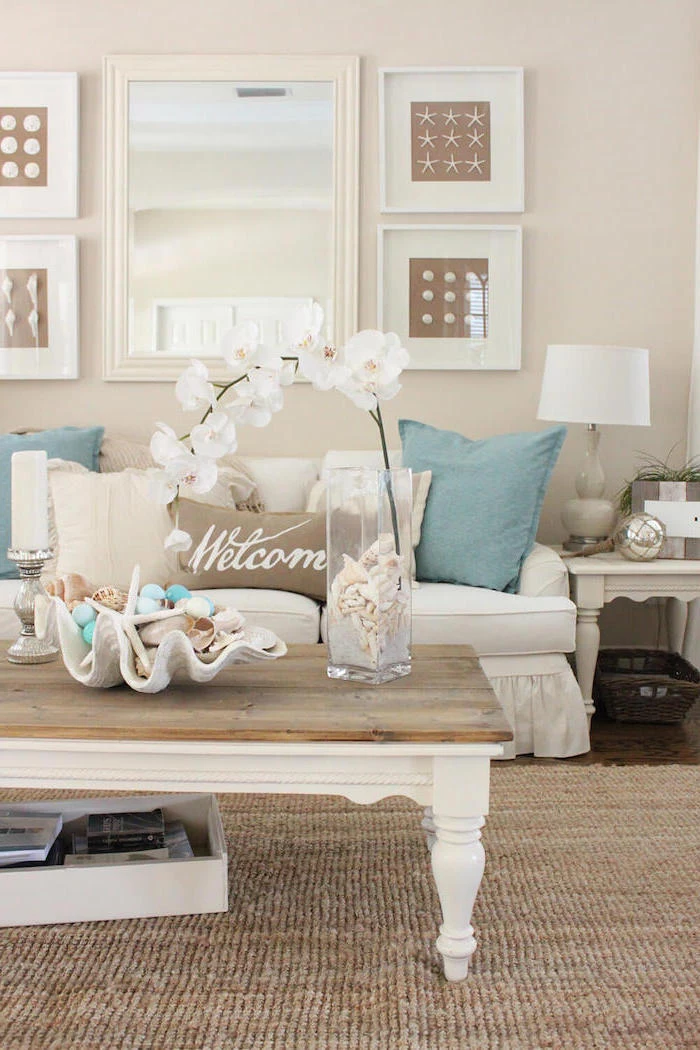
The Power of Open Shelving: In a coastal kitchen or pantry, open shelving does more than just display dishes. It promotes air circulation, discouraging the musty smell that can develop inside closed cabinets in a humid environment. Use sturdy, solid wood or marine-grade plywood to prevent sagging over time.
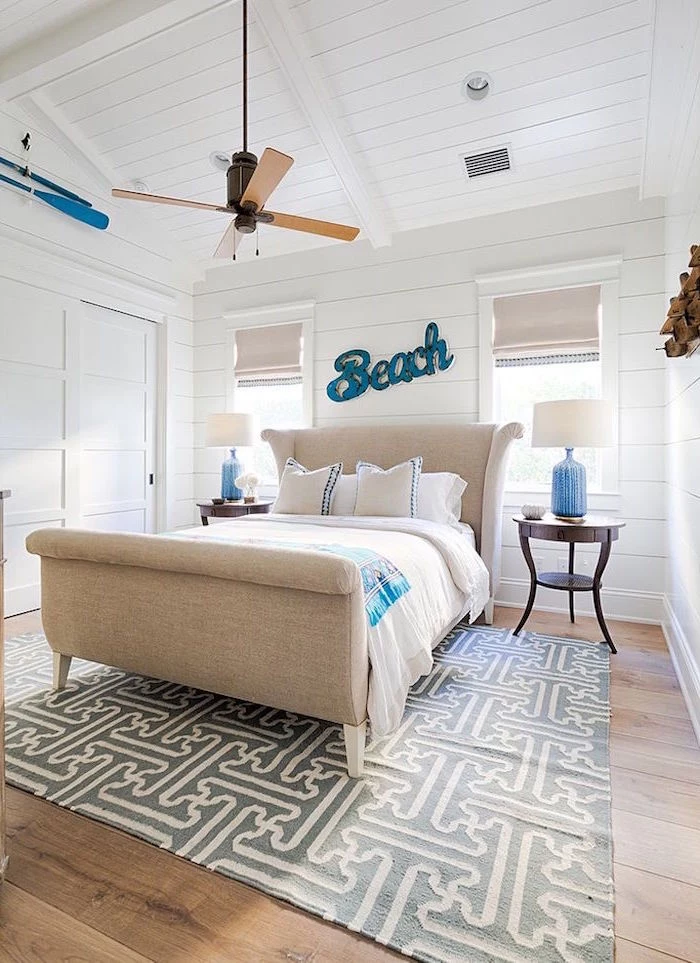
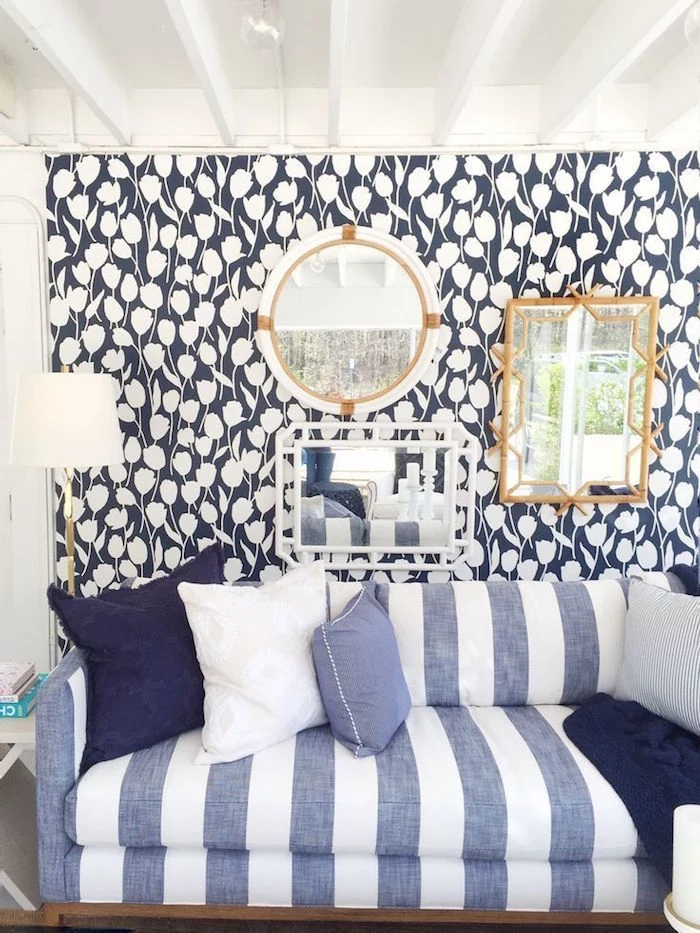
Are screen porches still relevant?
More than ever. A well-designed screen porch is the ultimate indoor-outdoor room on the coast, offering protection from insects and the harshest midday sun while allowing sea breezes to flow through. Use durable screening and build the structure with pressure-treated lumber, cedar, or a composite material to ensure it lasts.
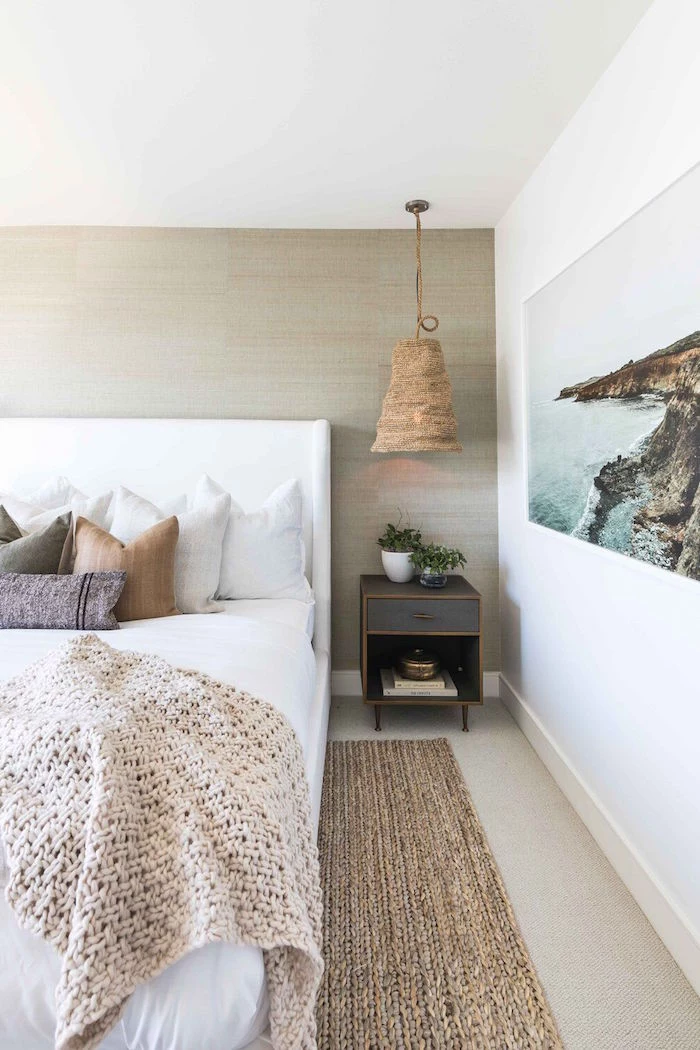
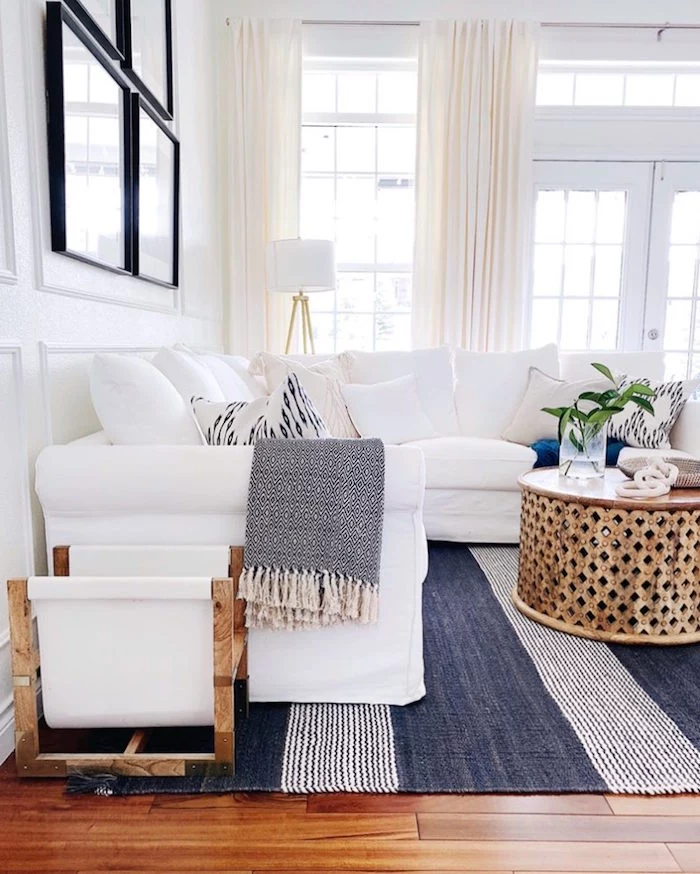
Cleaning windows on a coastal home is a specific chore. Regular tap water can leave mineral deposits that mix with salt. A better solution:
- A splash of distilled white vinegar in your water bucket to cut through the salt film.
- Use a high-quality squeegee for a streak-free finish.
- Rinse exterior frames regularly to wash away corrosive salt buildup.
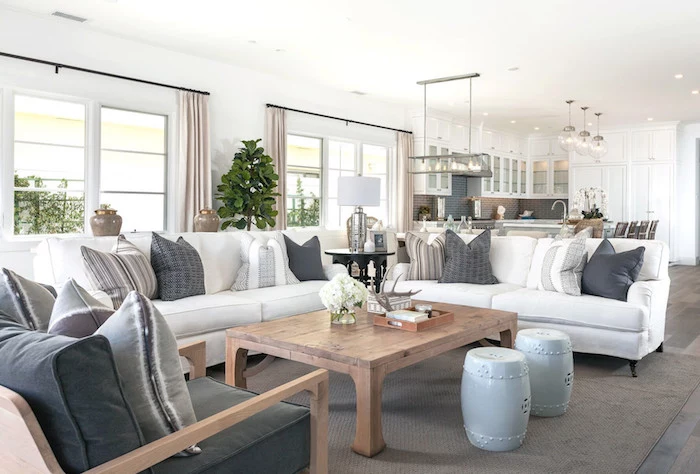
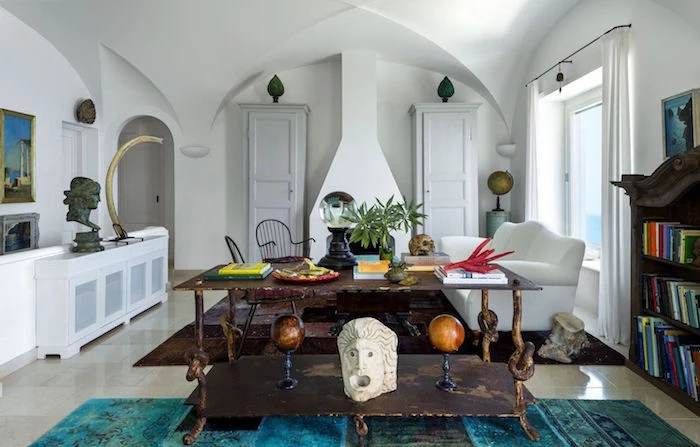
Rethink Your Roof: While asphalt shingles are common, a metal roof is a superior long-term investment for a coastal home. An aluminum or galvalume steel standing-seam roof is highly resistant to wind uplift, won’t grow algae, and reflects solar heat, which can lower cooling costs. Its lifespan is often two to three times that of traditional shingles.
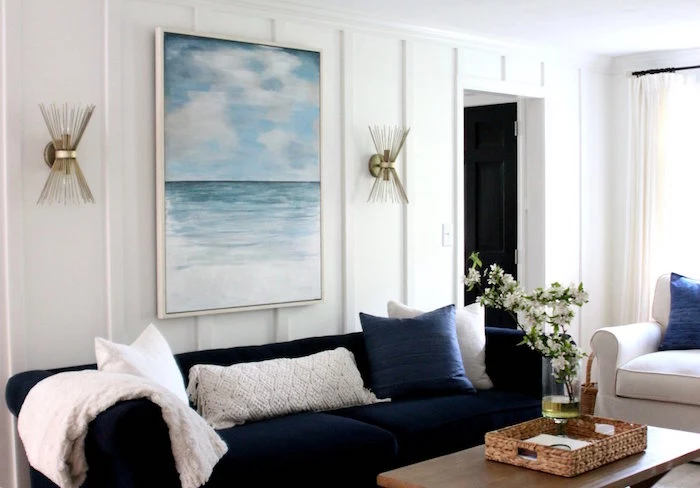
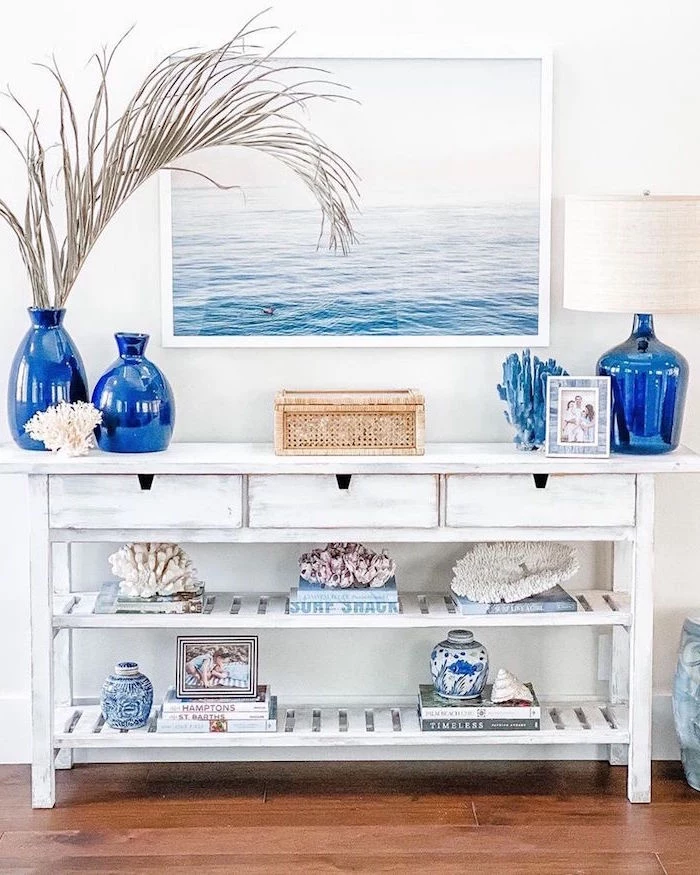
Salt spray can travel several miles inland, meaning that even homes not directly on the beachfront are subject to its corrosive effects, particularly on metal components.
Don’t assume you’re safe just because you can’t see the waves from your window. If you’re within a few miles of the coast, applying the same durable material specifications—from hardware to siding—is a wise, forward-thinking strategy.
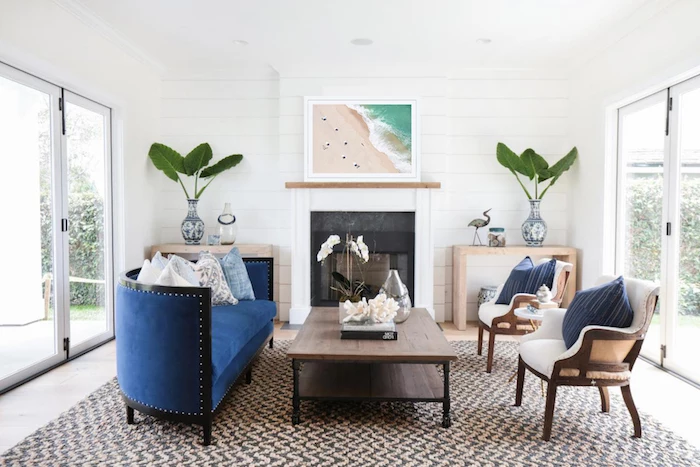
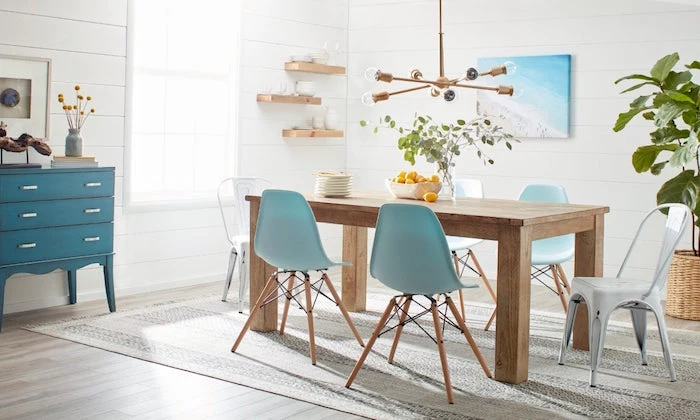
Insulation Choice Matters:
Open-Cell Spray Foam: Acts like a sponge. It blocks airflow but can hold water, which is a major risk in a humid or flood-prone area.
Closed-Cell Spray Foam: Is rigid and dense. It not only blocks air but also acts as a vapor barrier, preventing moisture from passing through. It also adds structural rigidity to the wall assembly.
In a coastal environment, closed-cell foam is almost always the superior, albeit more expensive, choice for its moisture-blocking capabilities.
When choosing exterior paint colors, test them on the actual site. The intense, cool-toned light near the water can make colors appear brighter and bluer than they do on a paint chip in a store. A soft, warm gray can suddenly look starkly white, and a gentle beige can wash out completely. Always paint a large swatch on the house and observe it at different times of the day.










